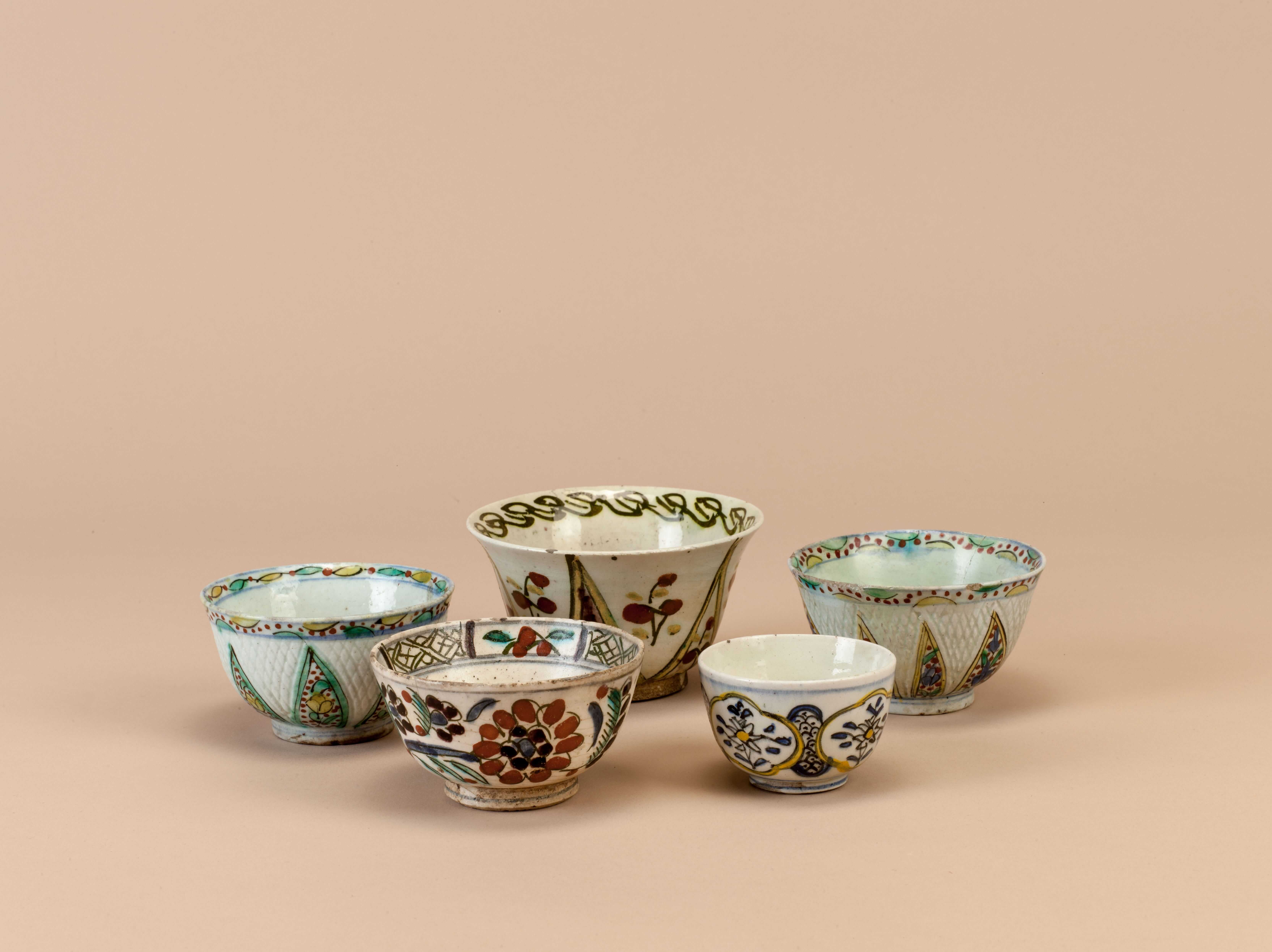Director: Francesco Rosi
Cast: Salvo Randone, Frank Wolff, Sennuccio Benelli, Giuseppe Calandra, Pietro Cammarata, Max Cartier
Italy, 1962, 107’, black & white, Italian with Turkish subtitles
This crime and mafia film brought Francesco Rosi international fame and was the first example of his unique mosaic style. Based on the life story of Salvatore Giuliano, a Sicilian bandit and folk hero who played a key role in Sicily’s guerilla war for independence after the war and later turned into a mafia leader, the film begins with Giuliano’s murder in 1950 and narrates with flashbacks how he became a bandit, attacking communists and fighting security forces. Eventually, Giuliani becomes so cruel that even his own men desert him.
Trailer

Berggren acquires the techniques of photography in Berlin and holds different jobs in various European cities before arriving in İstanbul. Initially en route to Marseille, he disembarks from his ship in 1866 and settles in İstanbul, where he is to spend the rest of his life.

Coffee was served with much splendor at the harems of the Ottoman palace and mansions. First, sweets (usually jam) was served on silverware, followed by coffee serving. The coffee jug would be placed in a sitil (brazier), which had three chains on its sides for carrying, had cinders in the middle, and was made of tombac, silver or brass. The sitil had a satin or silk cover embroidered with silver thread, tinsel, sequin or even pearls and diamonds.

1638, the year Louis XIV was born –his second name, Dieudonné, alluding to his God-given status– saw the diffusion of a cult of maternity encouraged by the very devout Anne of Austria, in thanks for the miracle by which she had given birth to an heir to the French throne. Simon François de Tours (1606-1671) painted the Queen in the guise of the Virgin Mary, and the young Louis XIV as the infant Jesus, in the allegorical portrait now in the Bishop’s Palace at Sens.
Tuesday - Saturday 10:00 - 19:00
Friday 10:00 - 22:00
Sunday 12:00 - 18:00
The museum is closed on Mondays.
On Wednesdays, the students can
visit the museum free of admission.
Full ticket: 300 TL
Discounted: 150 TL
Groups: 200 TL (minimum 10 people)